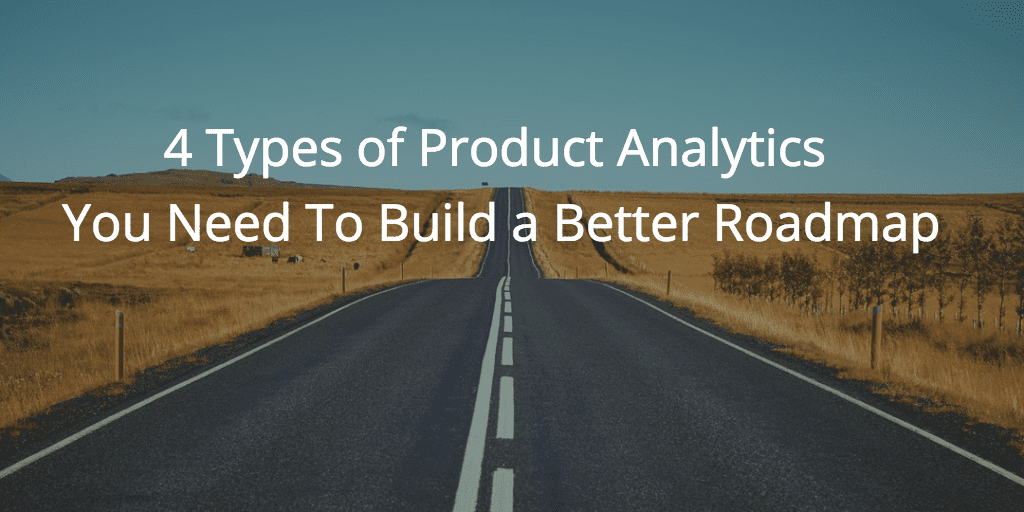Ask, “What’s next on our product roadmap?” and you might find yourself drowning in an overwhelming amount of opinions. There’s a tried-and-true way to cut through the noise and it’s hiding in plain sight.
Your customer data is a goldmine wrapped in a bow covered in glitter. Why? Because your customers are the most important source of information when it comes to prioritizing your product roadmap. Your customers’ primary interaction with your company is through your product. Therefore, if you want to continuously deliver positive experiences and outcomes, you need to tailor your product to fit their needs.
Without product analytics, you’re at the mercy of your loudest stakeholders and this could mean risking a lot of precious time and resources. With the right data, you’ll be able to confidently build a product roadmap that’s backed by your insights. In short, it’ll make your life way easier. You don’t need perfect data before you start searching for insights, you simply need to know what you’re looking for. Make sure you have the following data at your disposal before your next roadmap strategy session.
User Feedback

What do customers think about your product? This kind of sentimental data is key. It can come from a variety of sources. In-app surveys are helpful tools that can pinpoint customer sentiment at distinct moments in their journey. For example, aptly-timed NPS surveys can give you a good idea of how a customer feels about a new feature or post-onboarding.
Leverage your customer success team to get a deeper perspective into which parts of your product help and which parts hurt. Customer success managers are involved in tons of conversations with customers and are arguably the people that are the in tune with customer needs in your entire company. They can supply both anecdotal and data-backed insights to help you craft a smarter product roadmap.
Journey Analysis

How do your customers move through your product? Where do they fall off? This is critical when deciding what product improvements you need to make. If your customers aren’t engaging with certain features, you might need to add in more in-app engagements to drive them there. Or, your data could reveal that your features are too difficult when users reach a certain point.
A journey analysis that tracks how customers move through your product will help you visualize user activity and will bring unexpected behaviors to the surface. It will also make it easier to identify where users fall off from completing critical tasks within your product.
Feature Performance Analysis

Being able to link features to company revenue is a surefire way to get company buy-in and prioritize product additions and updates. You can derive these kinds of insights by pairing detailed usage data with CRM data. Overlaying these two data sources will help you better understand feature adoption as a whole and at granular levels depending on what cohorts you choose.
Onboarding Analysis

The first moments with your product are the most critical. If the learning curve is too difficult, it’ll be much harder to get users to feel confident and comfortable in your product. It’s always good practice to periodically revisit your onboarding strategy as a whole and to make sure customers are given the chance to succeed. Although they’re a great asset, it shouldn’t fall on your customer success organization to drive adoption and onboarding. These kinds of insights can be collected from usage data platform and by talking with your customer-facing teams to learn what common roadblocks customers experience. You can take these back and incorporate them into your roadmap to create a clearer, more streamlined product for your users.
I know what data I need, now how do I get it?
Getting the right data to support your roadmap decisions can be time-consuming. You can make it significantly easier on yourself by using a solution that collects data that can be used to analyze user journeys, adoption trends, feature performance, etc. Collaborate with your customer-facing teams, like Customer Success and Professional Services, to get more insight into how your users are feeling about your product and the value it’s providing.

